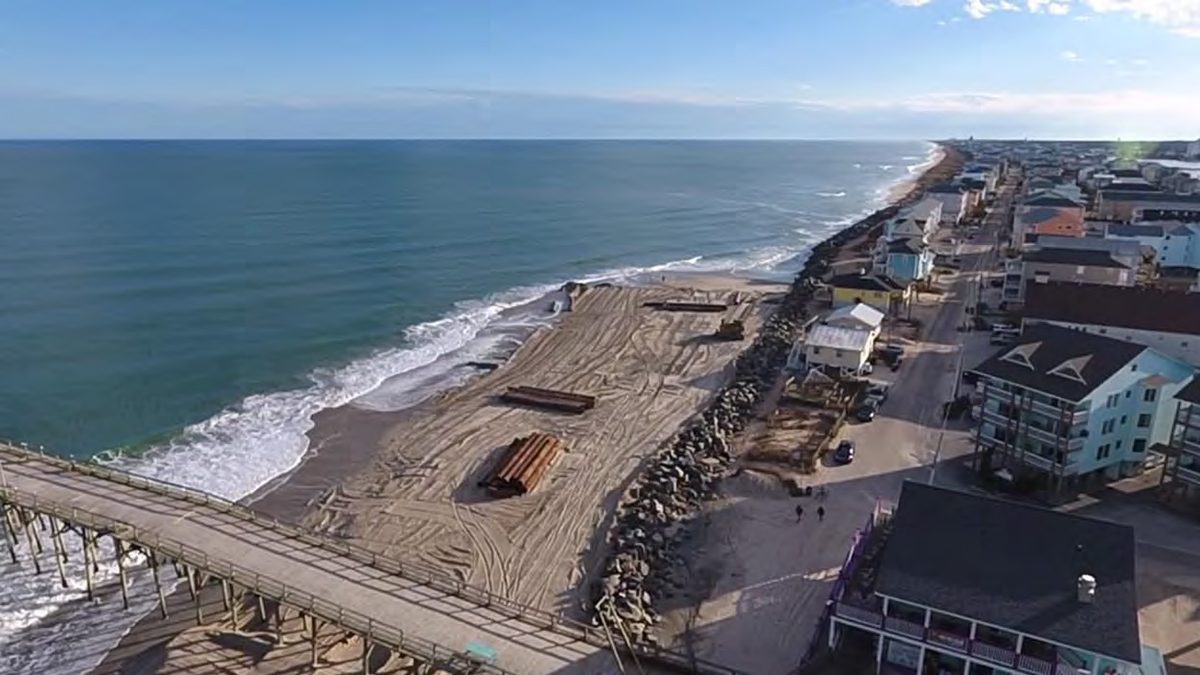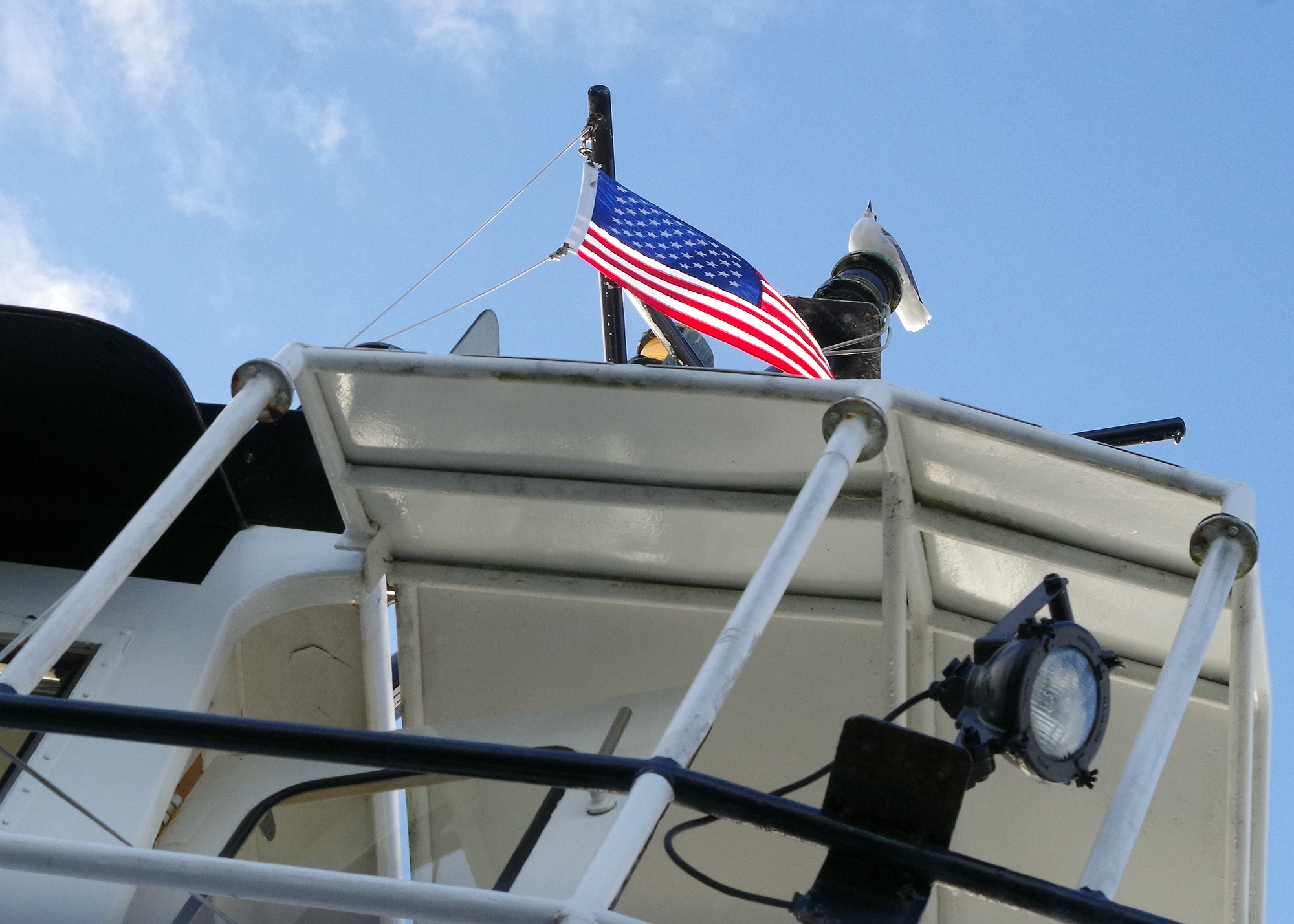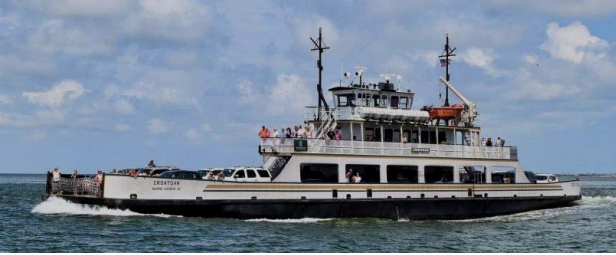
RALEIGH – A study directed by the legislature’s Program Evaluation Division and released Monday says the North Carolina Department of Transportation’s Ferry Division could save $1.5 million by reducing off-season crossings and raise $1.7 million though fare hikes without harming year-round residents and businesses.

The 45-page report, commissioned last year, recommends that the DOT evaluate crossing schedules for each route and draft a new long-range plan that could revamp route pricing methods.
Supporter Spotlight
The study and its findings were under review Monday by the North Carolina General Assembly’s Joint Legislative Program Evaluation Oversight Committee, a House and Senate group that studies the efficiency and cost-effectiveness of state agencies and programs.
The committee is expected to consider legislation for this year’s regular session that would mandate at least some of the recommendations in the report, including a long-range study of the Ferry Division’s costs and structure and its integration with the DOT’s overall strategy on the coast.
At Monday’s meeting Rep. Craig Horn, R-Union, who chairs the evaluation committee, acknowledged that many of the proposals it will dig into will be highly controversial.
Horn said he expects the committee to begin reviewing draft legislation next month. This year’s regular session is scheduled to open in early May.
Chuck Hefren, a principal program evaluator with the Program Evaluation Division, said there are likely to be considerable savings, but for now there is not enough information to fully gauge the effect of fare hikes and reductions in crossings.
Supporter Spotlight
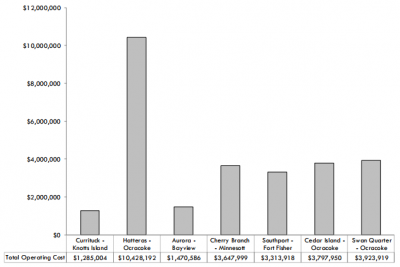
The report does break down potential savings that could come from reductions in crossings during the off season for routes tied to tourism as well as revenue from potential fare increases.
The bulk of the estimated $1.5 million in savings, $953,419, would come from dropping 12 daily crossings for the Hatteras-Ocracoke route, the service’s highest-cost route. Other reductions in service to Ocracoke would include eliminating two daily crossings each from Swan Quarter and Cedar Island.
Other routes would also be targeted. The largest number of daily crossings eliminated would be 18 of the 54 crossings for the Cherry Branch-Minnesott route. Fort Fisher to Southport service would be reduced by nine crossings.
The report also considers the fiscal repercussions of major fare increases, including a $15 per trip increase for Ocracoke’s Cedar Island and Swan Quarter runs and a $5 increase for Fort Fisher-Southport service.
In 2015-16 the system took in $2,331,611 from commuter passes and the three tolled routes, an amount that covered 6 percent of its overall cost, by far the lowest rate among public-operated ferry systems in the U.S. that charge fares.
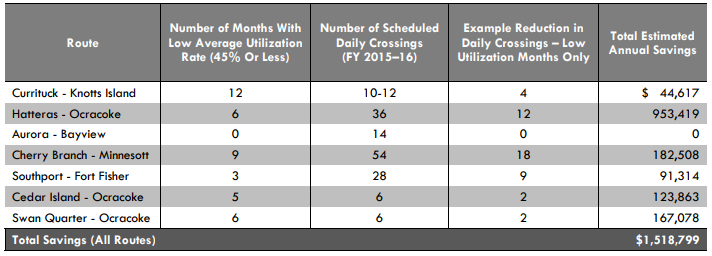
The report notes historic opposition to raising fares but says the increasing use of annual passes lessens the impact for residents and local businesses. It estimates that the system could raise revenues from tolls from $2.3 million annually to $4 million without adversely affecting both local users and tourism.
The report also suggests a review of the cost and use of the system’s dredges and the potential for more partnerships with local government and the private sector for maintaining channels, such as the one for the proposed Hatteras-Ocracoke passenger-only ferry.





